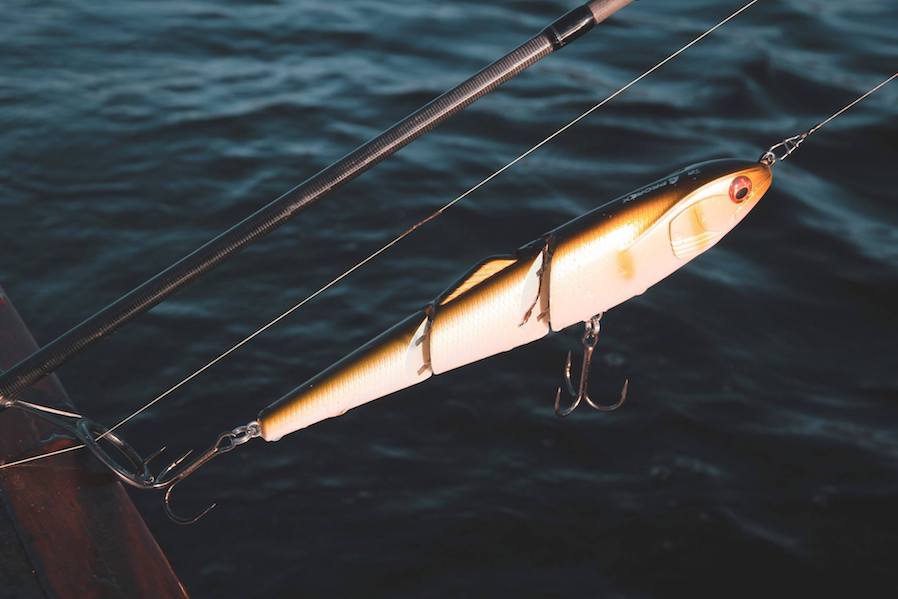This is a demo store. No orders will be fulfilled.
Monday Top 5 - Lure Fishing
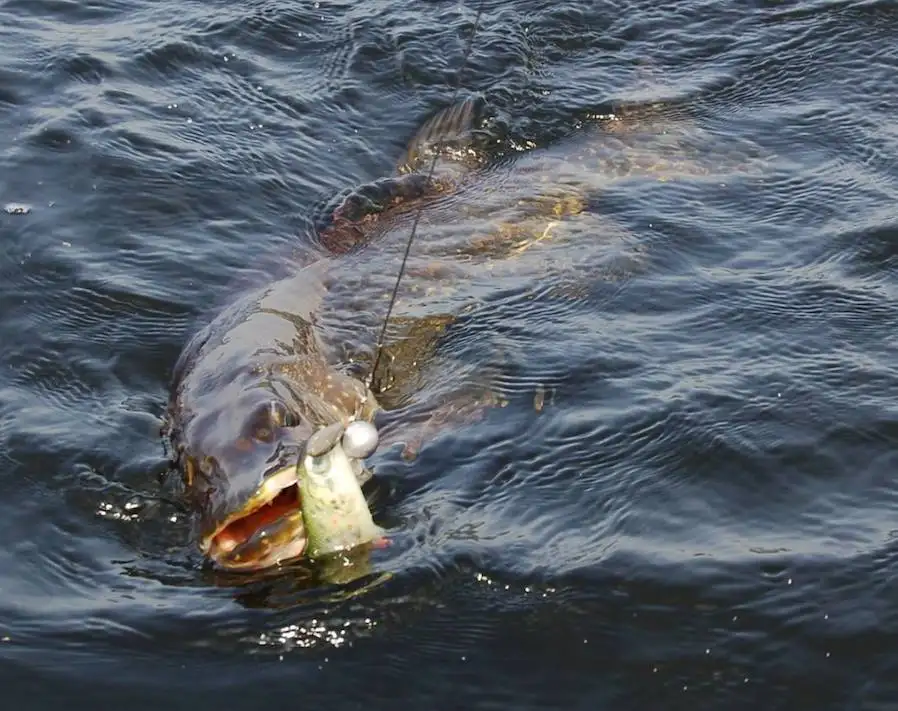
Perfect Balance
As with all fishing methods, having balanced tackle is essential for the best performance. Firstly, you need to have a balanced rod and reel, in comparison to the size of fish you are targeting, and the size of the lures you are casting. This outfit then needs to be matched with the correct diameter of braided mainline. This can often mean that you take two outfits with you; one for casting lighter lures with finer braid, and then a heavier outfit, consisting of a stiffer road and heavier braid for casting bigger, heavier lures. If your outfit is not balanced, not only can it cause strain casting and carrying it all day, but it can lead to you losing fish, and not being able to effectively work your lures.
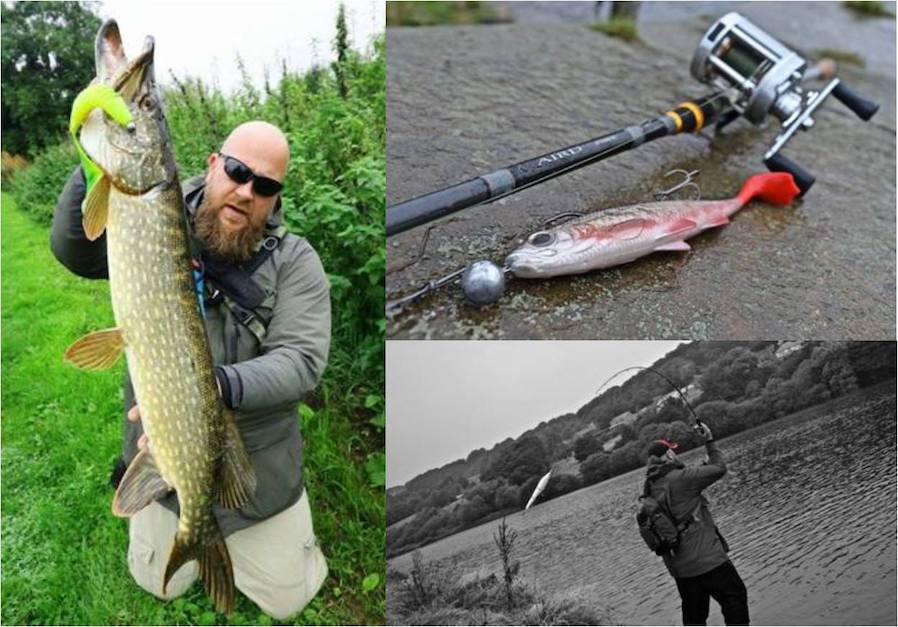
Be Creative
I mean on your retrieve; don’t just reel your lure in and expect something to happen. Vary the speed of your retrieve, start and stop, twitch your rod tip. All these variations help move the lure in a more erratic manner, which sends greater signals of distress for the predators to home in on. Some days, a slow, twitchy retrieve with lots of starts and stops can work, especially in colder water when predators are staying fairly static. On summer days, a faster retrieve can help catch the eye of a hunting predator. The key is to experiment, and find out what retrieve is best on the day. This way, you can tempt strikes when you would have blanked with a standard retrieve.
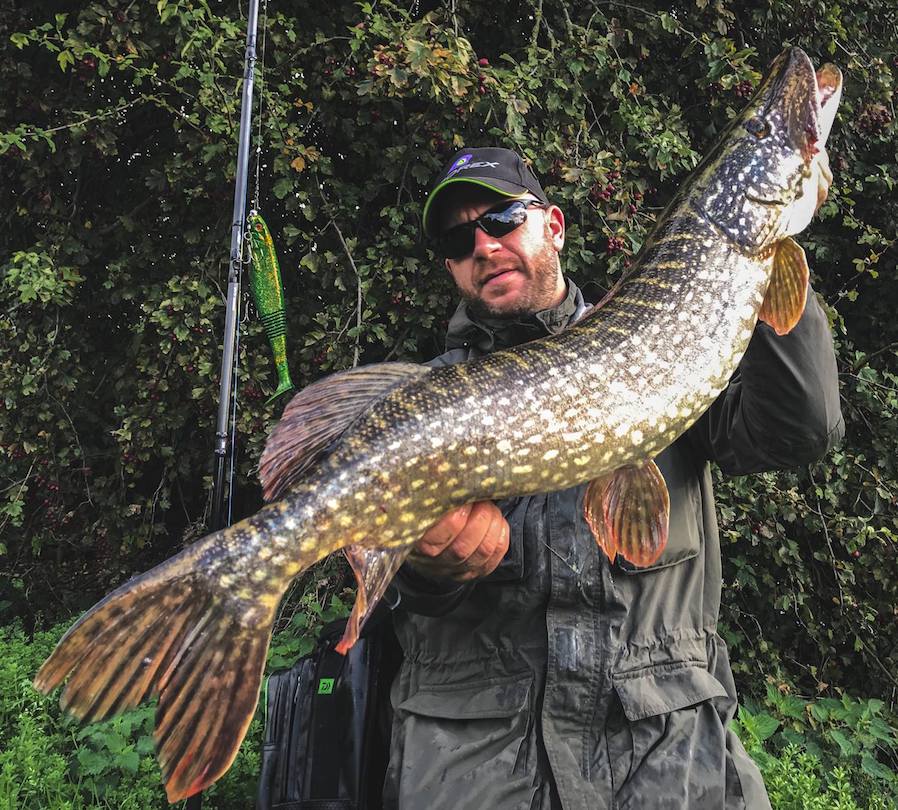
Selection
Take a selection of lures. By this I mean colours, diving depths, and materials (eg, hardbodied and plastics). Have some modern lures, as well as traditional spoons and spinners. This means that, regardless of the water, you will have suitable options. If the water is deep, you can switch to a deep diving lure or jig. If you find a shallow spot, you can use a surface lure or shallow diving plug. Often, predators tend to hold on to soft plastic lures better than hard lures; even if it’s momentary, this can be the difference between hooking a predator and not. Give yourself options, and put the odds in your favour.

Beat the Weed
The use of a heavy chod mono hook cover or rigging a jig Texas style can help you catch predators that are lying in the weed without losing loads of lures. There are also loads of lures available on the market that help you pop your lure in the predators’ strike zone, allowing you to work them in there without fear of snagging up and losing your lure, or your lure not working.
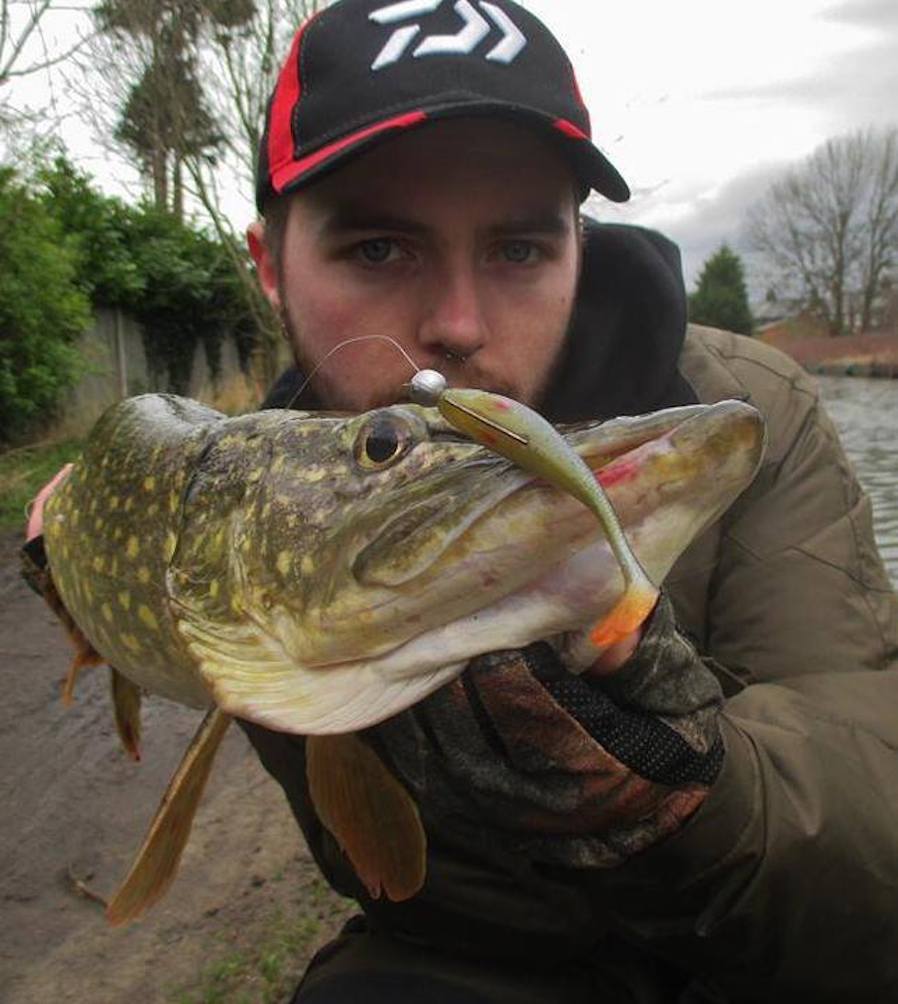
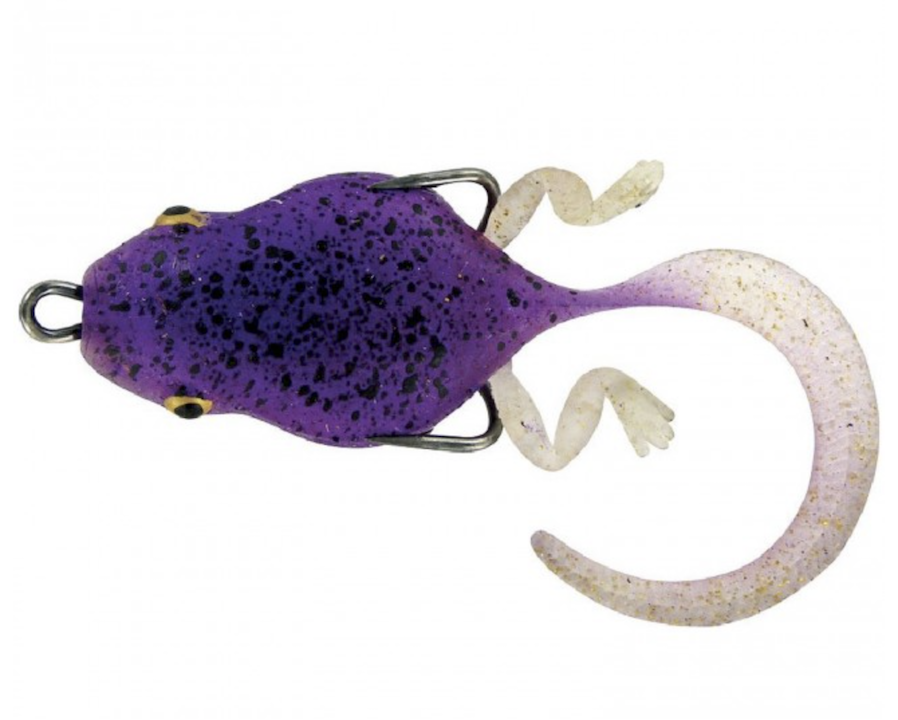
Trace
Always ensure that your trace is strong enough to resist the wear and tear from teeth. Wire and other knotable trace materials are all available. Use the supplest of traces to help magnify the movement of your lure and rod tip movements. Ensure you have a quick snap link to help increase your speed when you’re changing lures; this can give you valuable seconds in the water without the need to tie a new knot when you want to swap lures.
I hope these tips help you the next time you are on the bank with your lure rod in hand!
